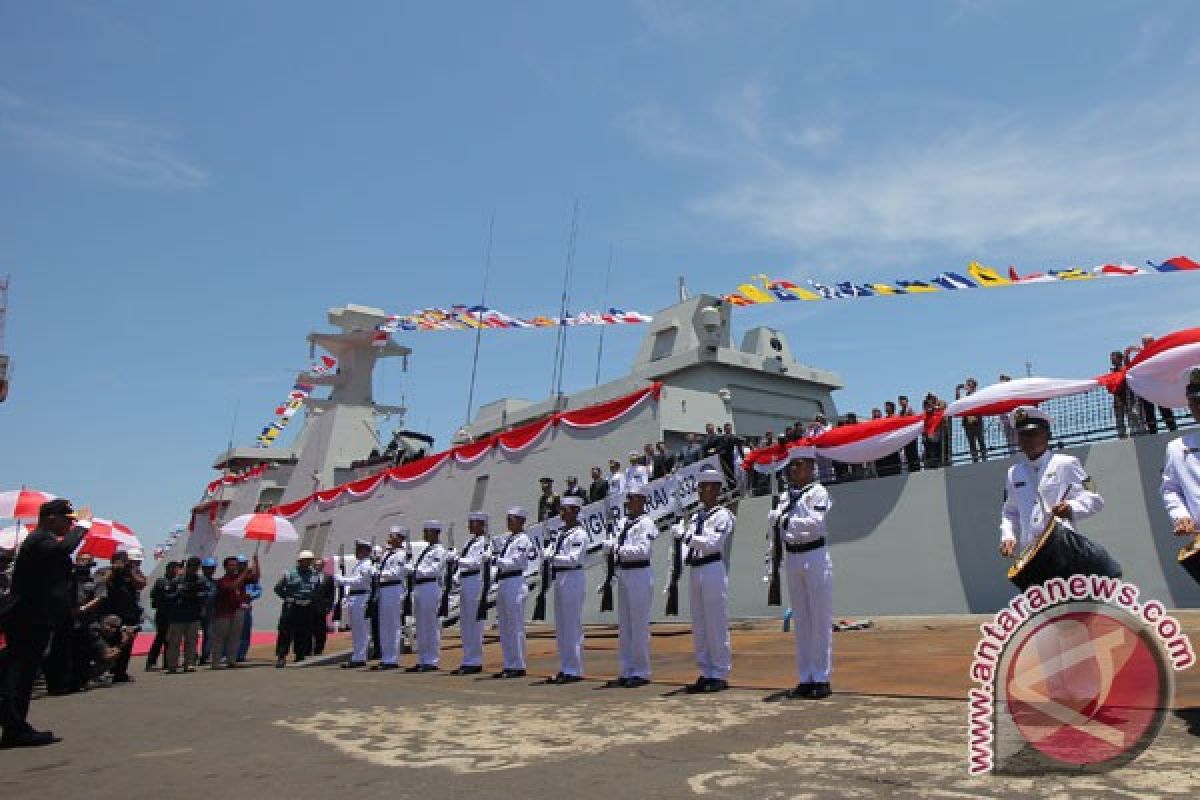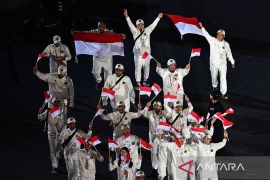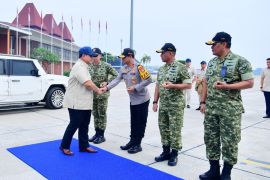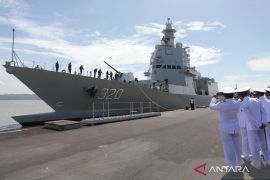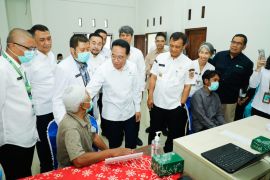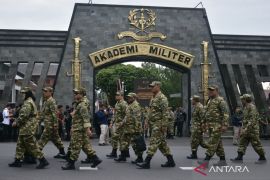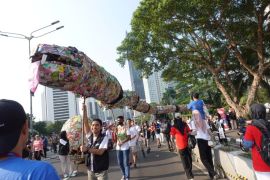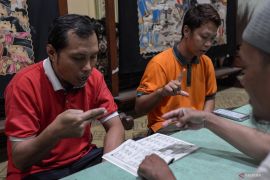The vessel can attain a top speed of 28 knots and a range of 5 thousand nautical miles. It is equipped with advanced weapons integrated under the Sensor Weapon Control (Sewaco) system.Surabaya, E. Java (ANTARA News) - The second guided-missile frigate for the Indonesian Navy has been handed over to Defense Minister Ryamizard Ryacudu at the dockyard of the state-owned ship builder PT PAL Indonesia in Eastern Area of Surabaya on Monday.
PT PAL Indonesia has finished the construction of the Martadinata-class frigate, jointly with the Dutch shipbuilder Damen Schelde Naval Shipbuilding (DSNS).
The new vessel is named after a national hero, I Gusti Ngurah Rai, with pennant number 332.
"After the handover today, I hereby commissioned I Gusti Ngurah Rai-332 as the Indonesian Navys war ship," Ryacudu stated.
On the occasion, Ryacudu, accompanied by the Military Chief Generela Gatot Nurmantyo, appointed the commander of KRI, I Gusti Ngurah Rai-332.
"I believe that the vessel could strengthen the Indonesian Navys position to prevent the countrys sovereignty and enforce the law on the sea in accordance with the national as well as international regulation," he noted.
The first-of-class vessel named Raden Eddy Martadinata had been handed over in January and commissioned in April. Both vessels were constructed jointly by PT PAL Indonesia and DSNS, under a transfer of technology scheme.
KRI I Gusti Ngurah Rai-332 was handed over after a series of processes and trials, which began with the first steel cutting ceremony on Sept 17, 2014.
The vessel has started its keel laying process on Jan 18, 2016, and launched on September 20 of the year for a series of sea trials, before it was declared as fit for handover.
The frigate was built under the modular system, comprised of six modules, of which one module was handled by the Dutch shipbuilder and five other modules by PT PAL Indonesia.
The platform features an overall length of 105.1 meters and a beam of 14.2 meters. The vessel can attain a top speed of 28 knots and a range of 5 thousand nautical miles. It is equipped with advanced weapons integrated under the Sensor Weapon Control (Sewaco) system.
With its advanced technology, including infrared signature and low noise signature, the frigate would be difficult to be detected by other ships' radar, could fight in sea and air wars, as well as under water war, and sail for 20 days.
The construction has involved some 200 PT PALs workers, of which 75 of them had been trained in Damen Schelde - Vlisingen, the Netherlands.
In addition to the transfer of technology, as stipulated by the law no. 16/2012 on defense industry, PT PAL has improved its production capacity for the construction of the guided-missile frigate. (*)
Editor: Heru Purwanto
Copyright © ANTARA 2017
